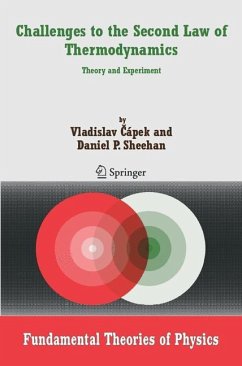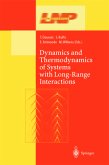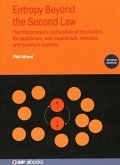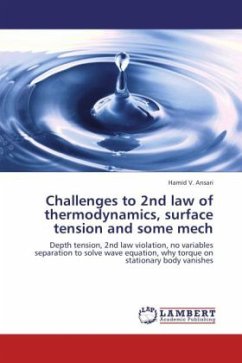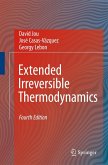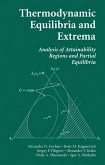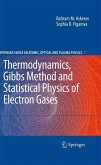The advance of scienti?c thought in ways resembles biological and geologic transformation: long periods of gradual change punctuated by episodes of radical upheaval. Twentieth century physics witnessed at least three major shifts - relativity, quantum mechanics and chaos theory - as well many lesser ones. Now, st early in the 21 , another shift appears imminent, this one involving the second law of thermodynamics. Over the last 20 years the absolute status of the second law has come under increased scrutiny, more than during any other period its 180-year history. Since the early 1980's, roughly 50 papers representing over 20 challenges have appeared in the refereed scienti?c literature. In July 2002, the ?rst conference on its status was convened at the University of San Diego, attended by 120 researchers from 25 countries (QLSL2002) [1]. In 2003, the second edition of Le?'s and Rex's classic anthology on Maxwell demons appeared [2], further raising interest in this emerging ?eld. In 2004, the mainstream scienti?c journal Entropy published a special edition devoted to second law challenges [3]. And, in July 2004, an echo of QLSL2002 was held in Prague, Czech Republic [4]. Modern second law challenges began in the early 1980's with the theoretical proposals of Gordon and Denur. Starting in the mid-1990's, several proposals for experimentally testable challenges were advanced by Sheehan, et al. By the late 1990's and early 2000's, a rapid succession of theoretical quantum mechanical ? challenges were being advanced by C´ apek, et al.
Hinweis: Dieser Artikel kann nur an eine deutsche Lieferadresse ausgeliefert werden.
Hinweis: Dieser Artikel kann nur an eine deutsche Lieferadresse ausgeliefert werden.
From the reviews: "This volume, appropriately entitled Challenges, was a collaboration ... . It is extraordinarily well researched and beautifully organized; it may be approached on many levels by students and 'lay' people ... . It should also be read by experienced theoretical physicists, chemists and mathematicians and by experimental physicists ... . The various typefaces, paper stock and binding are all good. With its many illustrations and few equations this book will be a useful supplement to any elementary course in thermodynamics ... ." (Daniel C. Mattis, Journal of Scientific Exploration, Vol. 20 (3), 2006) "Entropy and the second law of thermodynamics are two of the most difficult concepts for the student of physics. ... In the main, Challenges to the second law of thermodynamics is an excellent piece of work which should provide an adequate coverage of this intriguing topic to advanced students and researchers in physics." (P. Narayana Swamy, Mathematical Reviews, Issue 2008 b)

